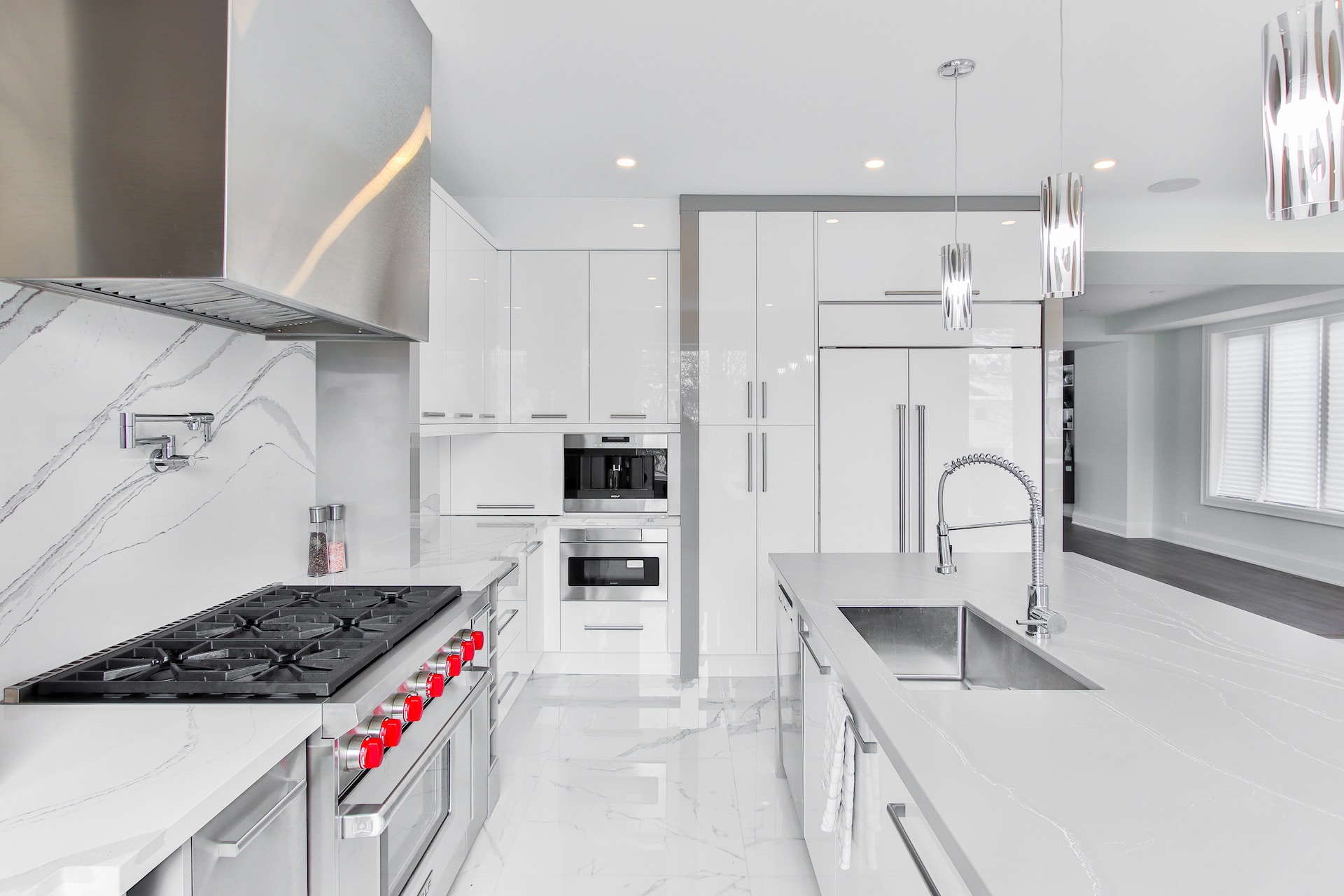
Question: What are the Pros and Cons of Recessed Lighting?
Answer: Pros: Sleek design, space-enhancing, versatile placement. Cons: Complex installation, limited light direction, ceiling integrity concerns.
What are the Pros and Cons of Recessed Lighting? Evaluating Recessed Lighting
Recessed lighting, often seen in modern homes and commercial spaces, has become a popular choice for its sleek design and versatile functionality. However, like any lighting choice, it comes with its set of advantages and disadvantages.
Click here for more info on pot light installation
Related Article: How Many Pot Lights Do I Need Per Room?
Understanding Recessed Lighting
Recessed lighting, also known as pot lights or can lights, is installed into hollow openings in the ceiling. They provide a clean, streamlined look by being flush with the ceiling, unlike traditional hanging lights. [ 1 ]
Pros of Recessed Lighting
Recessed lighting offers several benefits, making it an attractive option for many homeowners and designers. Here, we explore the various advantages of this lighting style.
Aesthetic Appeal
Recessed lights provide a minimalistic and modern look. They blend seamlessly with the ceiling, offering an uncluttered and cohesive appearance to any room.
Space Enhancement
Ideal for rooms with low ceilings, recessed lighting can make a space feel larger and more open. Without any fixtures hanging down, there is a sense of more vertical space.
Versatile Illumination
Recessed lights are great for general, task, or accent lighting. They can be strategically placed to highlight artwork, architectural features, or used for focused lighting in work areas.
Cons of Recessed Lighting
While recessed lighting has its benefits, there are also drawbacks to consider before opting for this lighting style.
Installation Complexity
Installing recessed lighting can be more complex and invasive compared to traditional lighting. It often requires extensive wiring work and cutting into the ceiling, which might not be feasible in all types of homes.
Cost Factors
The cost of installing recessed lighting can be higher than other lighting options. This is due to the complexity of installation and the need for multiple fixtures to adequately light a room.
Limited Adjustability
Once installed, recessed lights offer limited adjustability in terms of direction and beam spread. This can be a drawback for those who prefer lighting that can be reoriented or adjusted.
Installation Considerations for Recessed Lighting
The installation process for recessed lighting is a critical factor to consider. It involves several steps and requires careful planning.
Planning the Layout
Determining the right layout for recessed lights is crucial for achieving the desired lighting effect. It involves calculating the number of lights needed and their placement.
Professional Installation
Due to the complexity of installation, hiring a professional is often recommended. This ensures that the installation is safe and meets all electrical codes and standards.
Recessed Lighting in Different Room Settings
Recessed lighting can be used effectively in various rooms, each presenting unique opportunities and challenges.
In the Kitchen
In kitchens, recessed lights can provide excellent task lighting over countertops and islands. They can also be used to create an inviting ambiance in dining areas.
In Living and Bedrooms
In living rooms and bedrooms, recessed lighting can create a warm and relaxing environment. It can also be used to accentuate architectural details or artwork.
Balancing Recessed Lighting with Other Light Sources
For optimal lighting, it’s important to balance recessed lights with other light sources. This creates a layered lighting effect that adds depth and interest to a space.
Creating a Layered Lighting Scheme
Combining recessed lights with lamps, sconces, or pendant lights can enhance the functionality and aesthetic appeal of a room. This approach allows for more flexibility in adjusting the lighting to suit different moods and activities.
Considerations for Natural Light
In rooms with ample natural light, recessed lighting can complement daylight, providing additional illumination when needed and creating a harmonious lighting environment.
For more information please visit the Amp-Tech homepage
Recessed lighting is a popular and stylish choice that offers a range of benefits, including aesthetic appeal, space enhancement, and versatile illumination. However, considerations like installation complexity, cost, and limited adjustability are important to weigh before making a decision. When used effectively and balanced with other light sources, recessed lighting can significantly enhance the ambiance and functionality of a space, making it a worthwhile consideration for many homeowners and designers.
References
1. https://www.houzz.com/magazine/the-pros-and-cons-of-recessed-lighting-stsetivw-vs~103766147